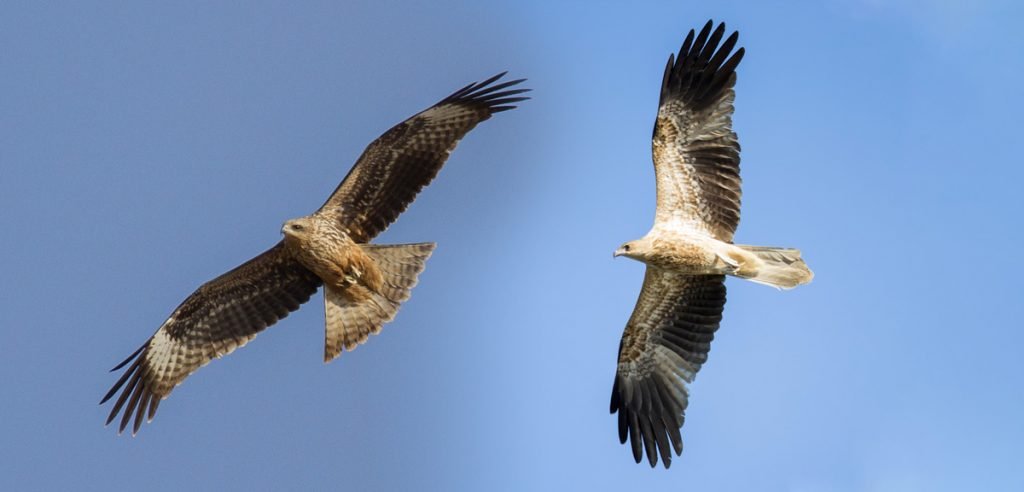Managing wildlife hazards can be complex, and requires not just aviation expertise, but an understanding of wildlife and how to manage it
by Jill Brix, Principal Aviation Consultant, Avisure
A common question many aerodrome reporting officers (ARO) ask themselves when doing their regular bird counts or completing aerodrome patrols to check for wildlife hazards. And that’s when their bird identification skills are good! To the untrained eye, many would just call the bird a ‘hawk’.
At many airports, wildlife hazard management takes up a large proportion of the ARO’s time; often a lot more than the one line listed in the ARO position description suggests. When starting out as an ARO, it’s often a surprise that you must learn bird identification in order to manage wildlife hazards, and the training available for this is limited.
With recent additions to their operations team, Ballina Byron Gateway Airport (BBGA) engaged Avisure to deliver a two-day customised wildlife hazard management training course. But they didn’t just offer it to their own staff – they invited other regional airports to come along. Kempsey Airport, who has a new member from the Council, John McGowan, joining the airport team, and Armidale Airport who recognised that even their most experienced ARO, Paul Eichorn, could benefit from the training, joined the BBGA Operations Team: Kylie Hardy, Tim Weeks, Patrick Writer, Paul Slattery and Wayne Ruck, for two days in February 2019.
Jill Brix, Avisure’s Principal Aviation Consultant, who works with the BBGA operations on a range of operational issues, delivered the training with help from Elspeth Thorpe, Avisure’s Project Support Officer, who recently joined the team and has been undertaking wildlife surveys for BBGA.
Managing wildlife hazards can be complex, and requires not just aviation expertise, but an understanding of wildlife and how to manage it. The 10-module training delivered to the group covered many aspects of wildlife hazard management from legislative requirements and monitoring, to active and passive management, and even how to collect strike remains for DNA analysis.
Wildlife identification was a well discussed topic – each bird species has their own reason for being at the airport, they behave differently and respond differently when dispersed. Participants from the three different airports swapped stories, shared experiences, and, for the more experienced AROs, imparted valuable knowledge on what has worked well for them.
For BBGA the training also provided a rare opportunity to have the team, who work on different shifts, together and dedicate two days discussing this important safety risk. It also provided an opportunity for the airports to compare notes and develop connections for future discussions about wildlife hazard management. Changes in the region’s environment affect wildlife behaviour—so now Paul at Ballina can now ring John at Kempsey and ask the question—are experiencing more black kites in your airspace?

